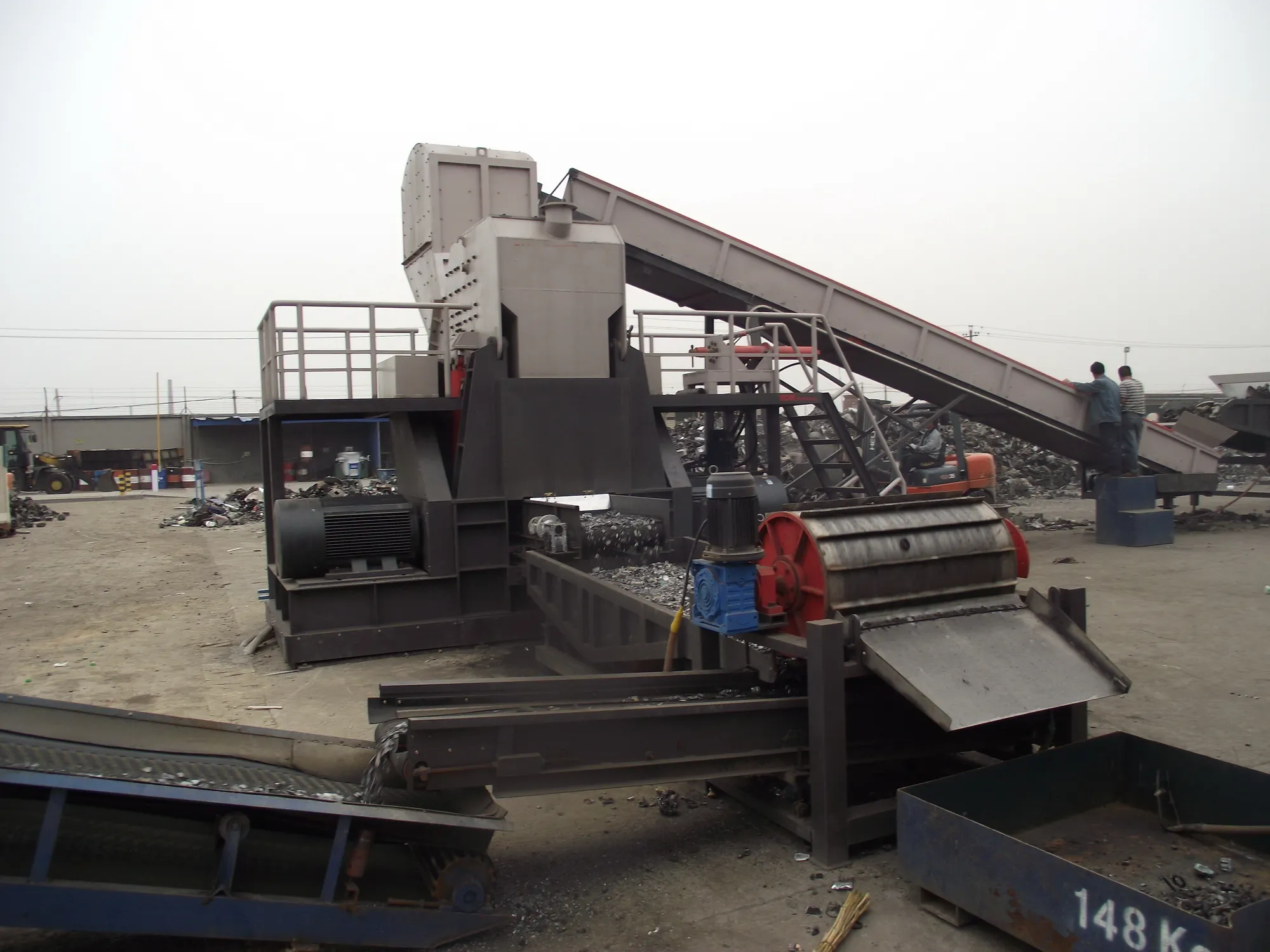Disposing of printed circuit boards (PCBs) poses significant challenges due to their complex composition and potential environmental impact. Yet, proper disposal is crucial to minimize ecological harm and recover valuable resources. This guide provides insights drawn from industry professionals and environmental experts, focusing on safe and sustainable methods for PCB disposal.

Understanding the Composition and Risks
Printed circuit boards are fundamental components of electronic devices, linking various electronic parts through conductive pathways. They comprise a variety of materials, including non-renewable metals like gold, silver, and copper, alongside hazardous substances such as lead, mercury, and cadmium. The risks associated with improper disposal of PCBs are twofold environmental contamination and resource wastage.

Environmental Impact When PCBs end up in landfills, toxic substances can leach into the soil and water, posing risks to ecosystems and human health. The incineration of PCBs releases hazardous compounds, contributing to air pollution.
Resource Recovery PCBs contain precious and base metals that can be reclaimed and reused. Recycling these materials reduces the need for virgin mining, saving energy and reducing greenhouse gas emissions.
Expert Strategies for Sustainable Disposal
To address these challenges, experts suggest a multifaceted approach involving recycling, repurposing, and adhering to regulatory guidelines.
1. Recycling Collaborate with certified e-waste recyclers who specialize in PCB processing. These facilities employ advanced techniques to safely extract valuable metals and responsibly manage toxic substances. Key methods include
- Mechanical Recycling This involves crushing and separating materials in PCBs through physical processes. It recovers metals and segregates them from non-metallic components without chemical usage.
- Pyrolysis A thermal treatment that breaks down organic materials at high temperatures in the absence of oxygen. It helps in recovering metals without burning hazardous elements.
how to dispose of printed circuit boards
2. Repurposing For non-functional electronic devices, repurposing PCBs for educational or creative projects can be an effective strategy. Artists and engineers often use old boards for crafting, teaching circuit design, or developing prototypes, thus extending their lifecycle.
3. Compliance with Regulations Familiarize yourself with local and international regulations governing e-waste disposal. In the United States, entities must comply with the Resource Conservation and Recovery Act (RCRA), while the European Union operates under the Waste Electrical and Electronic Equipment (WEEE) Directive. Compliance ensures environmentally responsible handling and facilitates tracking and accountability.
Trustworthy Practices in PCB Disposal
Creating a careful disposal plan impacts not only the environment but also a company’s reputation. Consumers increasingly favor businesses that demonstrate environmental responsibility, making sustainable PCB disposal both an ethical choice and a business imperative.
1. Partner with Reliable Vendors Vet recycling partners carefully to ensure they adhere to environmental standards. Look for certifications such as R2 (Responsible Recycling) or e-Stewards, which reflect a commitment to high environmental and ethical practices.
2. Transparent Documentation Maintain clear records of your e-waste management processes. Documentation builds trust with stakeholders by demonstrating compliance and ecological responsibility.
3. Educating Stakeholders Engage your team and stakeholders by providing training on sustainable practices and the importance of responsible PCB disposal. Awareness fosters a culture of sustainability and encourages proactive participation in environmental initiatives.
Conclusion Leading the Charge in Eco-Friendly Practices
Disposing of printed circuit boards responsibly requires a comprehensive strategy integrating recycling, regulatory compliance, and stakeholder engagement. By adopting these expert-recommended practices, companies can effectively mitigate environmental risks, recover valuable resources, and bolster their reputation as leaders in sustainability. Prioritizing safe PCB disposal not only contributes to ecological wellbeing but also ensures alignment with evolving consumer expectations and regulatory demands.


